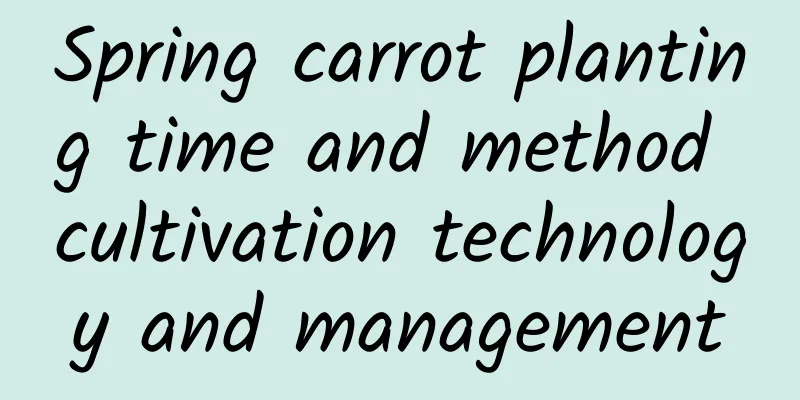How to make the orchid bloom

1. TemperatureIt prefers warm areas, and the temperature suitable for its growth is 10℃-25℃. It can survive in the range of 7℃-30℃. If it is a severe winter, 0℃-3℃ is also acceptable. In the north, it should be placed indoors in winter. 2. SunlightIf you want it to bloom, don't let it be exposed to direct sunlight in the summer. Also pay attention to ventilation. Don't make it too closed. Remove its yellow leaves in time. During the period when its new leaves sprout and grow, it cannot be placed in a cold area, otherwise its leaves will grow thin and look unsightly. 3. RepottingIt grows relatively fast and its pot should be changed every 1-2 years. Ordinary garden soil, rotten leaf soil and coarse river sand can be used as its culture soil. After repotting, water it thoroughly and place it in a cool area. 4. WaterGive it enough water during its growth stage, sprinkle water on its leaves frequently, and keep the surrounding air humidity at a high enough level. 5. Flower FertilizerYou can add a small dose of liquid fertilizer to it 1-2 times a month to help its new leaves sprout and grow stronger. 6. Notes1. If the temperature exceeds 25℃, it is very likely that the second leaves will lose their luster because the temperature is too high. The pH value of the soil should be in the range of 4.5-5.5. It likes shade. If it is hot, it should be shaded. 2. It can only grow green leaves if the humidity is high enough, but you must pay attention to ventilation during hot seasons, otherwise it will easily be harmed by scale insects. If there is not enough humidity, its leaves will become dull and lack vitality. If the soil is a little dry, you should water it. During its peak growth period, you can give it more water and sprinkle some water on the leaves and the ground. 3. It mainly reproduces in spring. You can divide it and transplant it with a soil ball. You can remove its underground stems to make it easier to pot it. You can plant 2-3 plants in each pot. |
<<: How to fertilize Aspidistra
>>: How to make Aspidistra grow luxuriantly
Recommend
How much does azalea bonsai cost? Pictures of old azalea bonsai piles
1. How much does azalea bonsai cost? Its price is...
What vegetables are suitable to grow in January and February? What vegetables are most suitable to grow in January and February?
The climate is still relatively cold in January a...
Does potted jasmine need plenty of sunlight? (Precautions for growing jasmine at home)
Does jasmine like sunshine? Jasmine is native to ...
The correct way to plant water grass seeds (with steps and illustrations)
1. Planting seeds First, spread a layer of large-...
Precautions for repotting Daphne koreana
Precautions for repotting Daphne koreana Daphne k...
What to do if the water-grown Spathiphyllum turns black
1. Change water in time If the water of Spathiphy...
The efficacy and function of Pyracantha
1. Morphological introduction It generally grows ...
Can orchids be divided into plants? What should be paid attention to when dividing orchids?
1. Can orchids be divided into two parts? Orchids...
How to control mealybugs on the roots of Lithops
Symptoms of Lithops root mealybugs It is usually ...
What to do if the tip of Clivia leaves is dry
1. Replenish water Reason: When growing Clivia, y...
How often should I water the Brazilian tree?
How often should I water the Brazilian tree? The ...
How to fertilize lilies and what fertilizer to use
1. Fertilization time Lilies require a lot of fer...
What should I do if the spider plant does not grow small spider plants? Why does the spider plant not grow small spider plants?
1. Reasons 1. Lack of light: It is a shade-loving...
After learning these tricks, the Kalanchoe can bloom for half a year and have more flowers than leaves!
How to water Kalanchoe? The leaves of Kalanchoe a...
The meaning and language of sunflowers
1. Silent Love, Brightness, and Warmth There are ...









